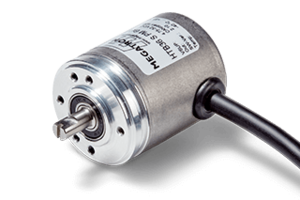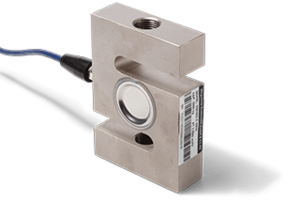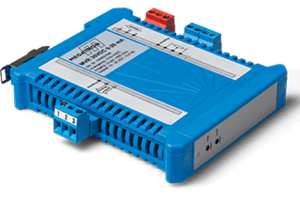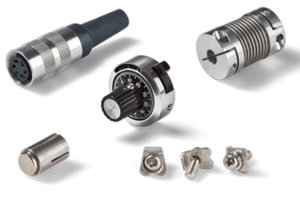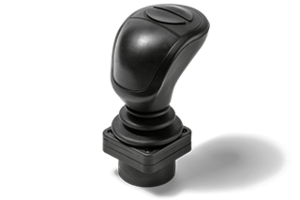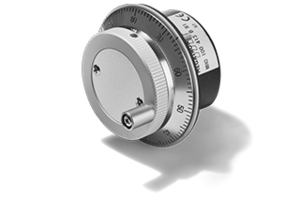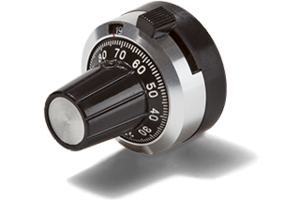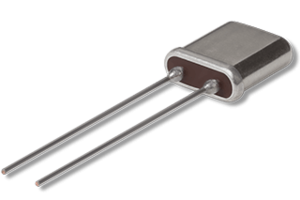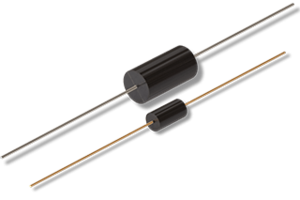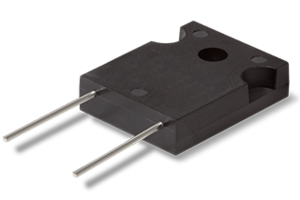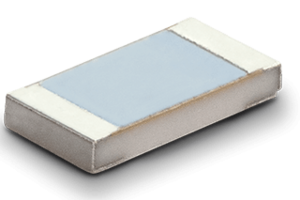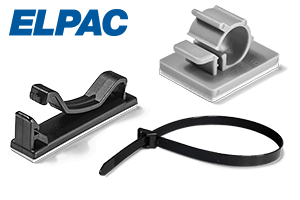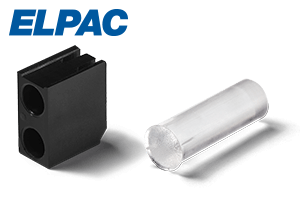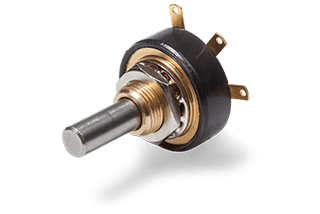MEGATRON's MUP singleturn wire-wound potentiometers offer users three advantages: They are economical, very compact and can be individually adapted to the application on request. With these properties, the potentiometers are ideally suited for setpoint setting in control panels.
The precision potentiometer with radial solder contacts features a housing diameter of 22 mm and a housing depth of just 8.6 mm. It is particularly suitable for use in applications with a shallow installation depth, e.g. in control panels for setpoint specification. With the standard potentiometer versions, two electrically effective rotation angles of 270°/±5° or 320°/±5° with mechanical end stop can be selected. The wire-wound potentiometer is connected to the application via the Ø 6 mm shaft and bushing. The lifespan of the MUP wire-wound potentiometer with >400,000 shaft revolutions for control panels is usually more than sufficient. The linearity tolerance of up to ±0.5% and the resolution of e.g. 0.4° @ R = 5 kOhm and 320° rotation angle are also noteworthy.
The MUP wire-wound potentiometer offers a wide range of standard options for the specific requirements of the application. Possible options include a front shaft seal and a rear shaft, a centre tap and a tandem or multi-ganged version. To ensure safe and precise operation with a pleasant feel, the wire-wound potentiometers are equipped with a special operating torque (e.g. 2-3 Ncm @ room temperature) on request. In addition, special electrical and mechanical rotation angles, special resistance and linearity tolerances or special shaft shapes are available.
A further advantage is the energy efficiency of high-impedance potentiometers in battery-powered applications. Potentiometers are usually more economical in power consumption than other sensor technologies. In addition, the wire-wound potentiometer can be operated in a rheostat circuit if required by the application. The voltage divider circuit is nevertheless recommended as it is robust against parasitic resistances between the resistor element and the wiper.
 EN
EN DE
DE ES
ES FR
FR IT
IT

